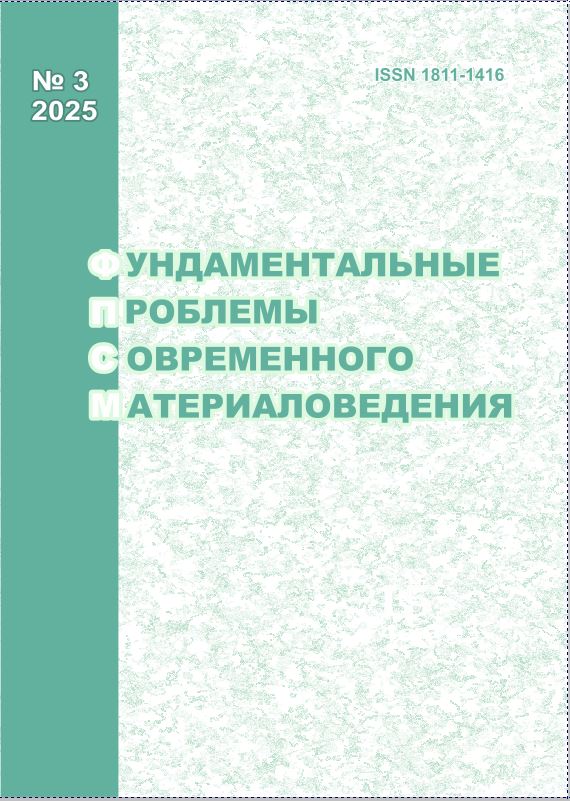OBTAINING POROUS MATERIALS FOR BONE TISSUE RESTORATION BASED ON SiO₂-CaO BIOGLASS
10.25712/ASTU.1811-1416.2025.03.007
Keywords:
bioglass, bone tissue restoration, amino acid, glycine, biocompatibilityAbstract
Abstract. The World Health Organization notes a significant increase in the proportion of musculoskeletal diseases as a cause of loss of healthy life years, which emphasizes the need to develop effective strategies for bone tissue regeneration. The problem of osteoporosis, which ranks fourth among non-communicable diseases, is of particular relevance. Traditional methods of treatment, including autotransplantation, have significant limitations, such as a shortage of donor material and the risk of complications. In this regard, a promising direction is the creation of synthetic biomaterials capable of reproducing the structure and function of natural bone tissue. The key requirements for such materials are optimal porosity, mechanical strength and bioactivity. Of particular interest are composites based on bioactive glass (BS), demonstrating high osteogenic potential. Modification of BS with amino acids, in particular glycine, opens up new possibilities for controlling the morphology and functional properties of the material. However, the mechanisms of interaction of amino acids with the BS surface remain insufficiently studied, which limits the targeted design of such systems. The paper presents the synthesis and characterization of composite materials based on bioactive glass (BS) of the SiO₂-CaO (60/40 mol.%) system modified with glycine. A set of physicochemical methods was used to characterize the materials: scanning electron microscopy, X-ray phase analysis to determine the crystal structure, IR spectroscopy to identify functional groups, low-temperature nitrogen adsorption to assess the specific surface area and porosity. Cell viability was determined after 6 days of incubation with samples using the Alamar Blue fluorescent test. The results demonstrate the promise of the developed composite materials for use in regenerative medicine. It was found that the synthesis parameters and modification with glycine significantly affect the morphology, porous structure and biological activity of the materials. The purpose of this study is to develop composite materials based on the SiO₂-CaO system modified with amino acids and a comprehensive study of their physicochemical and biomedical characteristics.











 Journal «Fundamental’nye problemy sovremennogo materialovedenia / Basic Problems of Material Science»
Journal «Fundamental’nye problemy sovremennogo materialovedenia / Basic Problems of Material Science» This work is licensed under a
This work is licensed under a 
